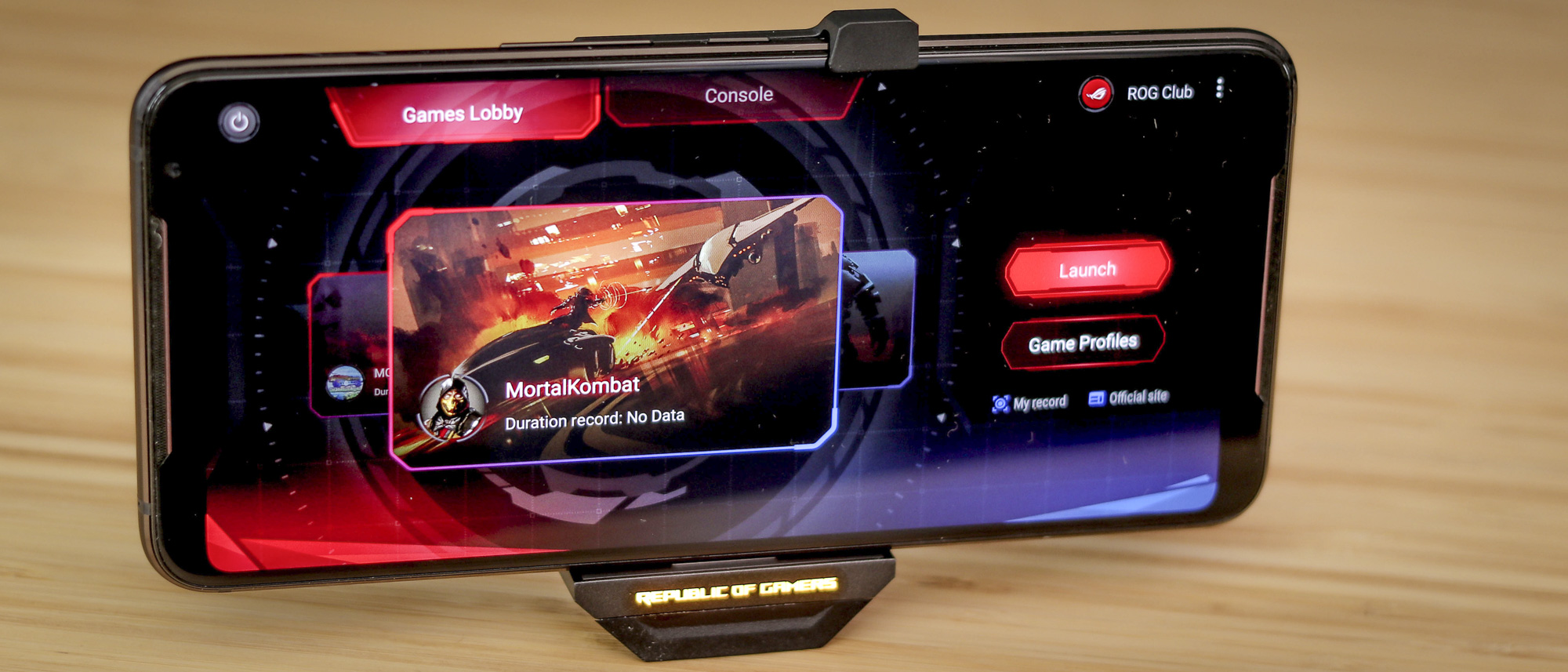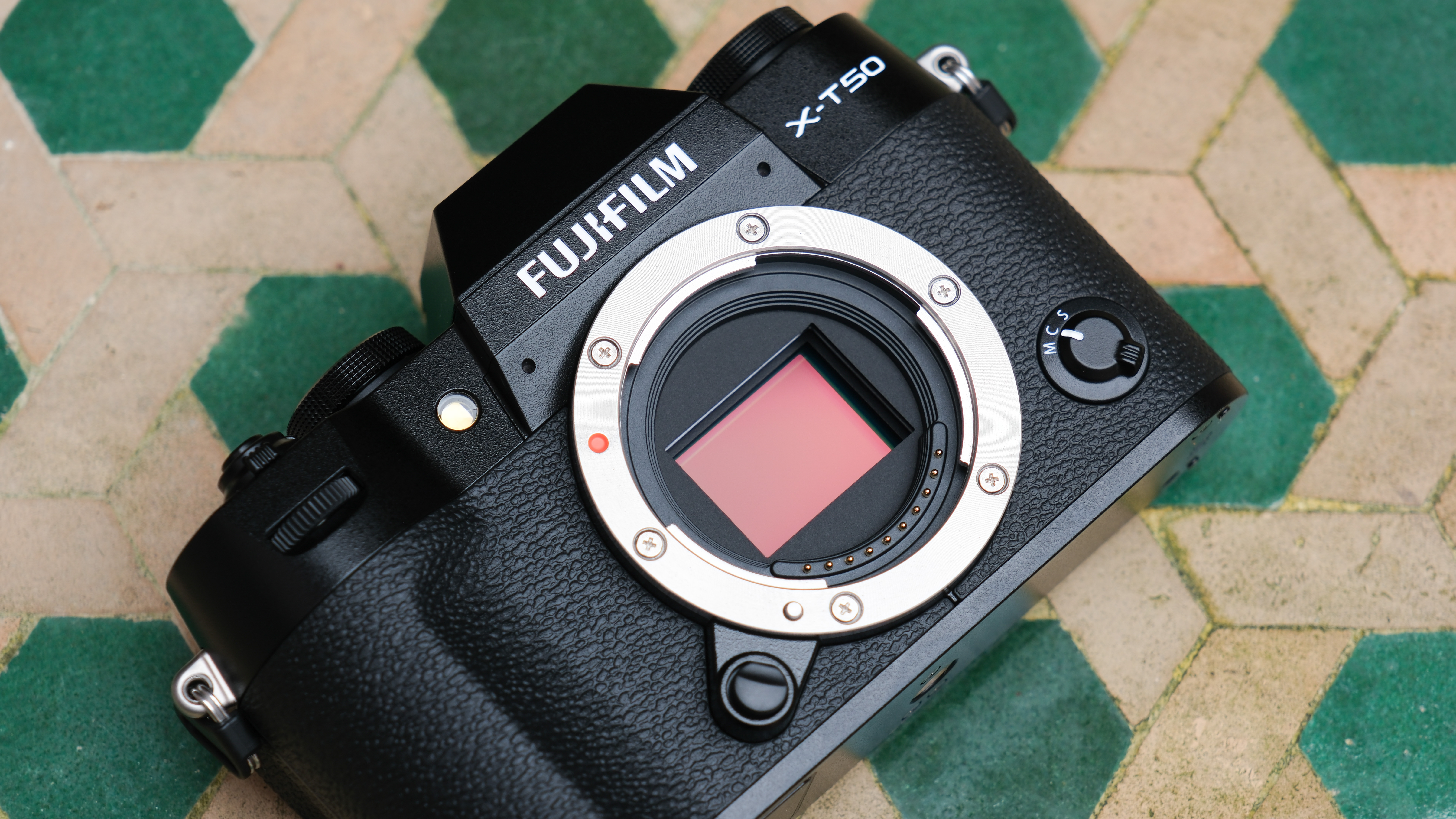Digital Camera World Verdict
The Asus ROG Phone II is an angry-looking gaming phone with a virtually identical rear camera setup to that found on the Zenfone 6. Being a gaming phone, however, it also delivers mountains of power, plenty of storage options, a sensationally smooth 120Hz screen, not to mention a massive 6000mAh battery. All that translates to class-leading specs in all areas but one - imaging. While its dual camera is competent, therefore, the lack of a telephoto lens and OIS will be felt.
Pros
- +
Great specs for price
- +
Plenty of shooting modes
- +
Huge long-lasting battery
Cons
- -
Design won’t be for all
- -
No telephoto camera
- -
No OIS
- -
Not widely available
Why you can trust Digital Camera World
If you want a spec sheet to KO the competition, the Asus ROG Phone II delivers; it’s got a liquid-smooth 120Hz AMOLED screen, an overclocked CPU, masses of storage and no less than 12GB RAM in its highest-end configuration. It doesn’t look set to be the best camera phone around, given the fact there are just two around the back, a 48MP wide-angle module, and an ultrawide option; that’s exactly like the dual-camera of the Asus Zenfone 6, on paper at least.
Since it was announced, a few options have dropped: the Strix Edition, which includes 8GB RAM and 128GB storage for $629.99 / £599, the Elite Edition, with 12GB RAM and 512GB storage, which is the version we reviewed, costing $899 / £829.99, and the Ultimate Edition, which bumps storage up to 1TB and costs $1,199 / £899.99.
Even without its over the top credentials, illuminating RGB back and dual-USB ports, the ROG Phone 2 clearly offers an excellent price-to-performance ratio. Do we need another gaming phone though; and can a flagship camera phone without a telephoto lens really be recommended in today's competitive smartphone market?
Asus ROG Phone 2: camera specs
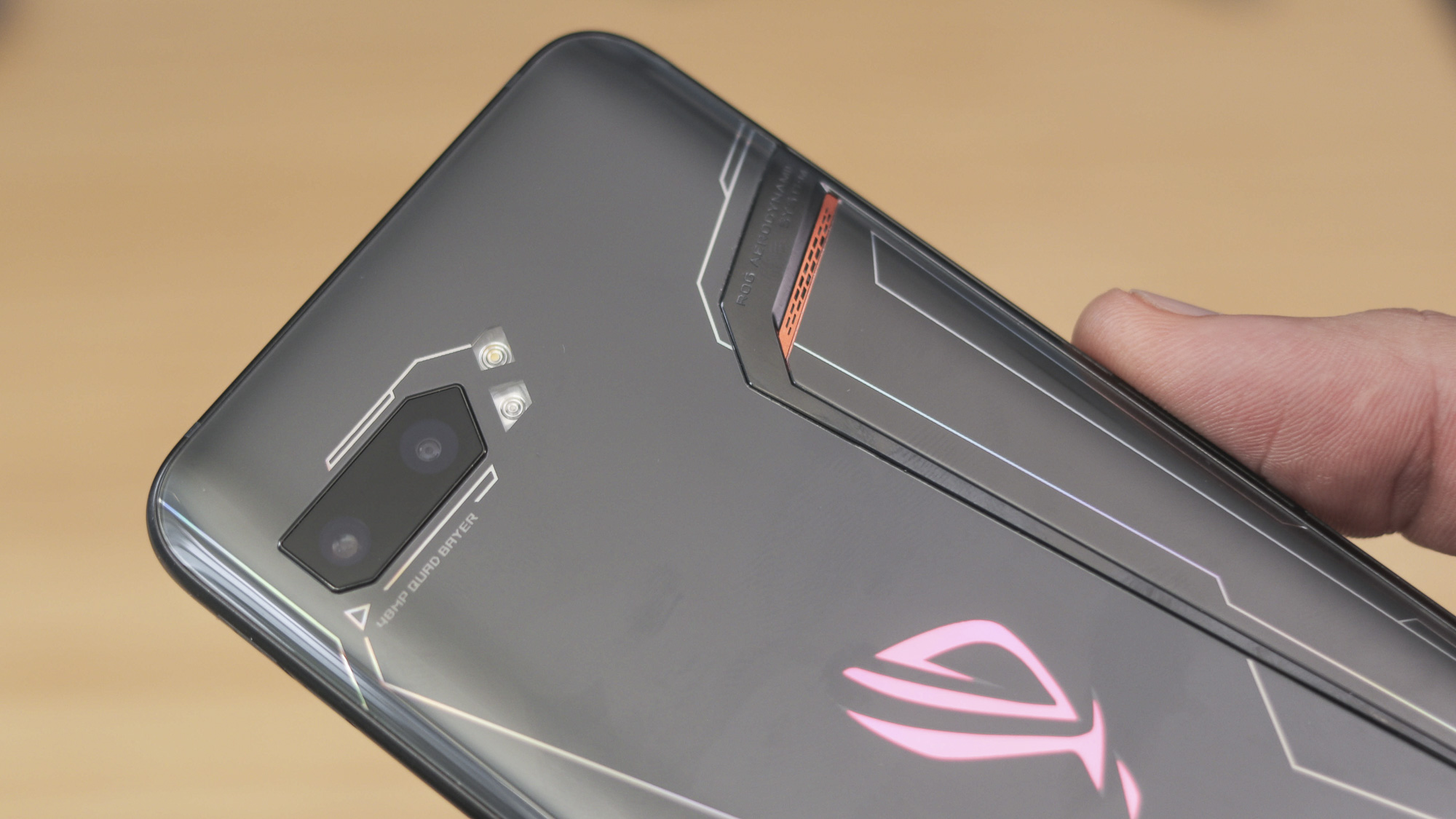
The Asus ROG Phone 2 has a dual camera around the back which may feature the same specs as that of the Zenfone 6, but doesn’t pack the same pivoting flip out tech.
That means the main camera array features a primary 48MP camera (Sony IMX586 sensor, 0.8µm pixels, f/1.79 lens, 26mm lens, 1/2.0” sensor) and a 13MP ultrawide camera (f/2.4, 125mm). Neither pack optical image stabilization (OIS) and the primary camera features phase detection and laser autofocus.
Where the ROG Phone 2 steps away is when it comes to the selfie camera and microphones. Asus has tuned the selfie-setup for streamers who want to record themselves blasting through battlefields with decent audio. As for specs, it’s a 24MP, f/2.2 module.
With time-lapse, slo-mo, motion tracking, video, photo, portrait, panorama, night and pro modes, there’s plenty to sink your teeth into here, but the fact remains, there’s no telephoto module, which has become something of a standard for flagship smartphones today.
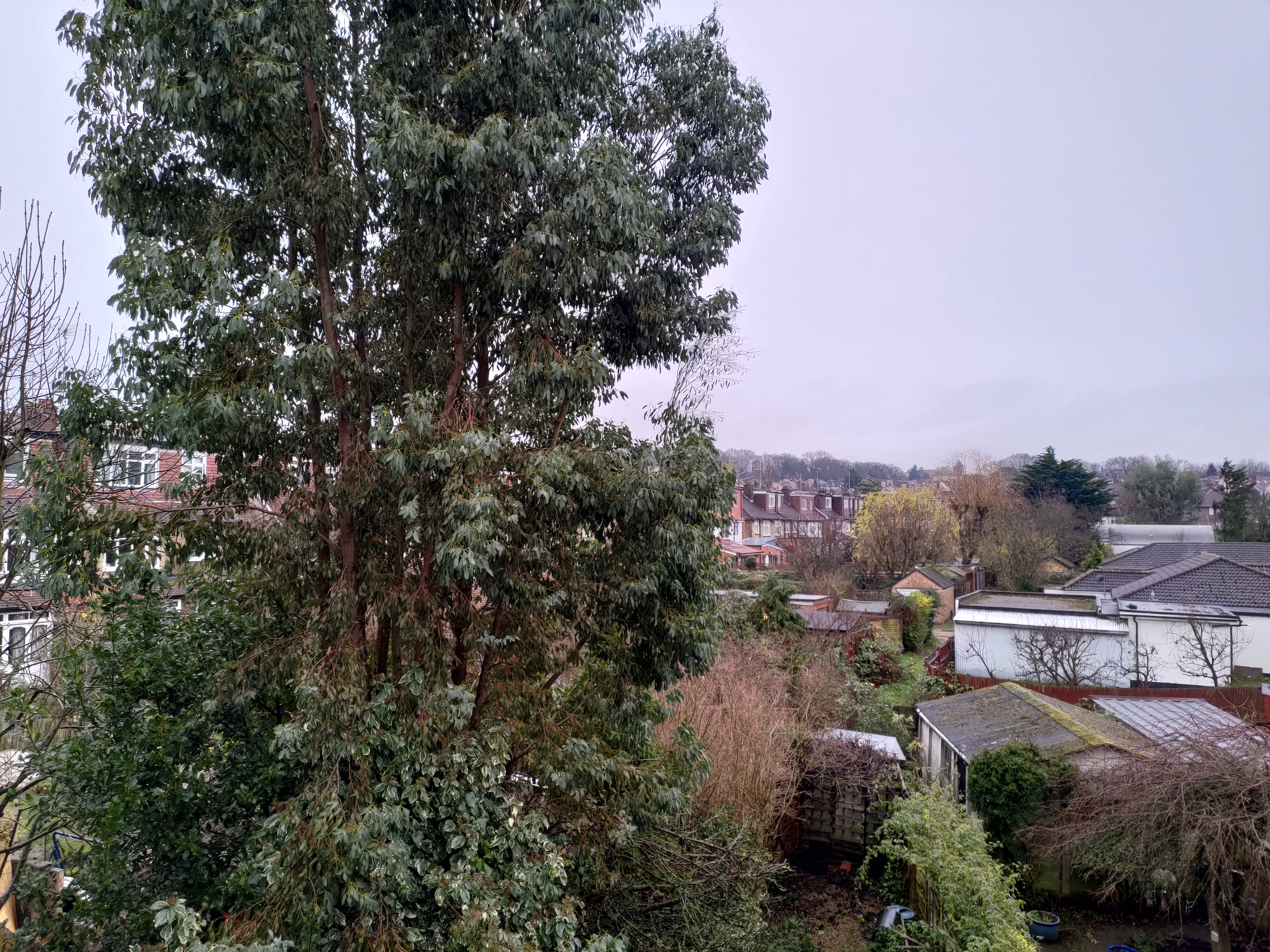
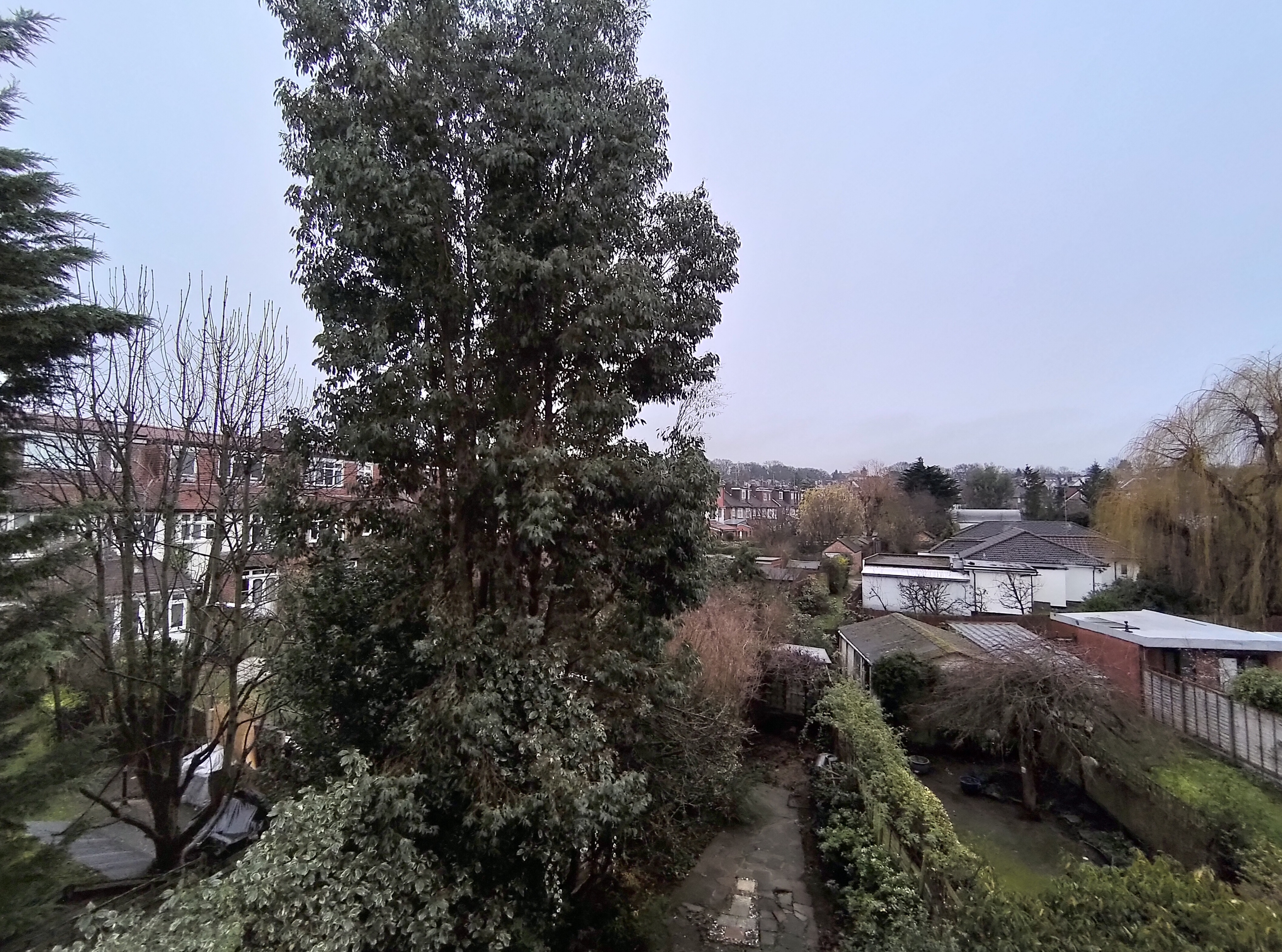
Asus ROG Phone 2: camera performance
The ROG Phone II shoots 12MP images despite its 48MP sensor, grabbing detail from 4 pixels and creating one ‘superpixel’. This 'pixel binning' technique, as found on the OnePlus 7T Pro works to great effect - broadening the tonal range and reducing noise in tricky environments, but you can override and fire up 48MP shots it if you want that extra bit of detail, and the lighting is on your side.
When the Zenfone 6 launched, there weren’t too many phones packing Sony’s big-pixel sensor, but since, it’s become available on phones as affordable as the £170 Redmi Note 8T, and pixel counts have climbed as high as 108MP on devices like the Xiaomi Note 10.
Still, performance is strong for the most part on the ROG Phone 2. The phone’s AI scene detection and HDR+ processing both work well, pulling out detail from dark backdrops and keeping hotspots under control for the most part. In good light and, you’ll almost always get a decent photo out of it despite the phone’s lack of optical image stabilization (OIS), though it doesn’t pick up as much nuance in dark areas as the iPhone 11 Pro, for example.
Even without using the dedicated night mode, indoor shots are respectable, with fair sharpness and solid detail. Night mode really helps with the edges of the frame, which can tint purple in dark scenes in auto mode.
As for the ultra-wide camera, it should be avoided in auto mode when lighting is poor, though you can use the phone’s night mode with it, which works well.
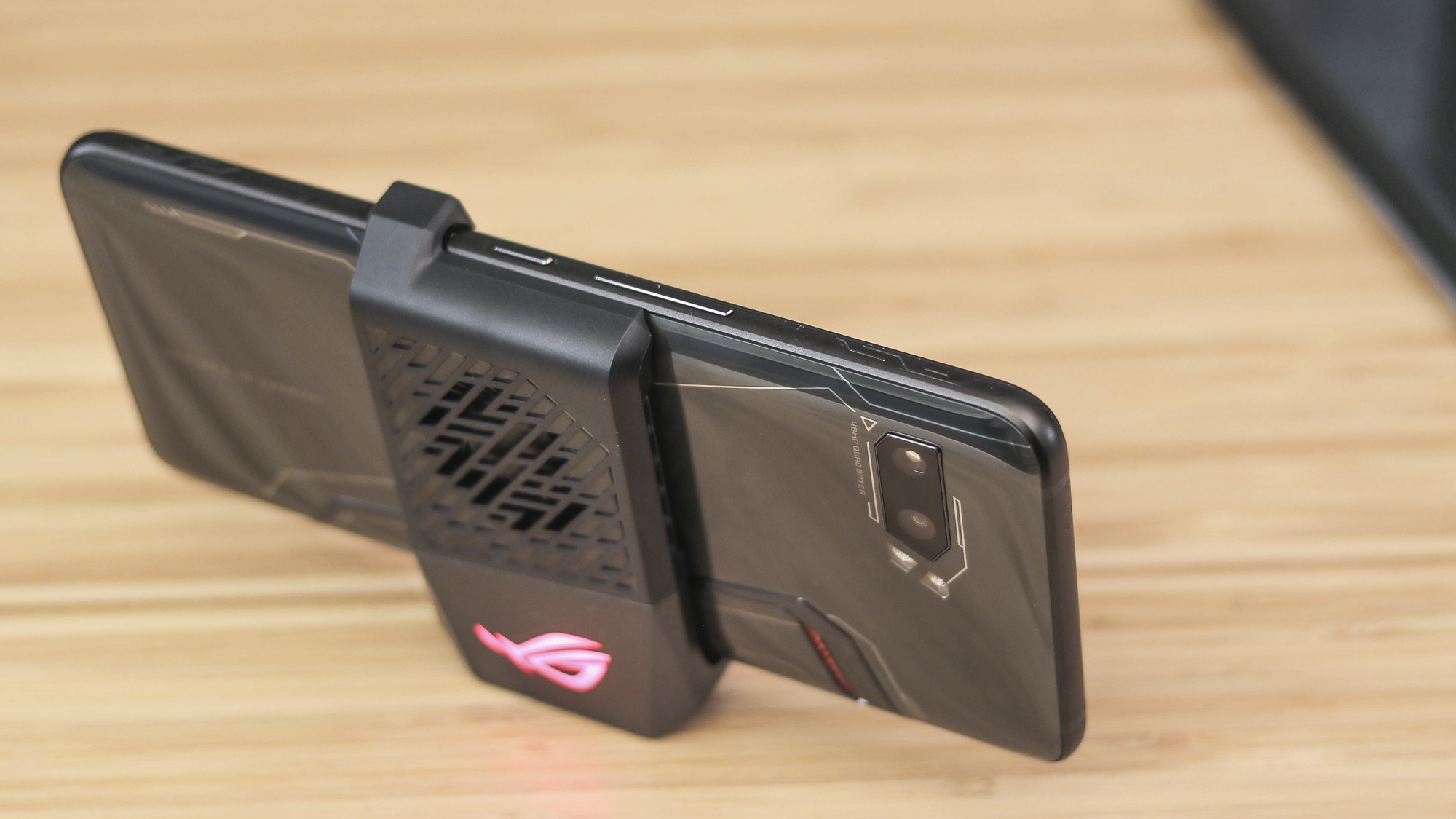
If you want a bit more detail from your shots and the light is right, you can change the default shooting resolution from 12MP to 48MP just like on the Zenfone 6. This deactivates auto-HDR, and noticeably degrades noise handling and tonal nuance in challenging scenes, but gives you a picture you can crop into more readily if the light is on your side.
The ROG Phone 2’s Pro mode offers up to a 32-second shutter speed, and the manual maximum ISO is 3200.
Video is shot at up to 4K resolution, 60fps, and despite the lack of OIS, electronic image stabilization clearly kicks in across frame rates unlike some phones like the Xiaomi Mi 9 SE, which cap out when you hit 4K resolution at 30fps. In turn, quality is impressive from the main camera. The wide camera, however, performs less favorably in challenging lighting.
As for that selfie camera, it shoots photos at 24MP or video at Full HD resolution, 60fps. Capture looks smooth, though you won’t be able to get too close to it owing to a lack of autofocus.
Asus ROG Phone II: sample images


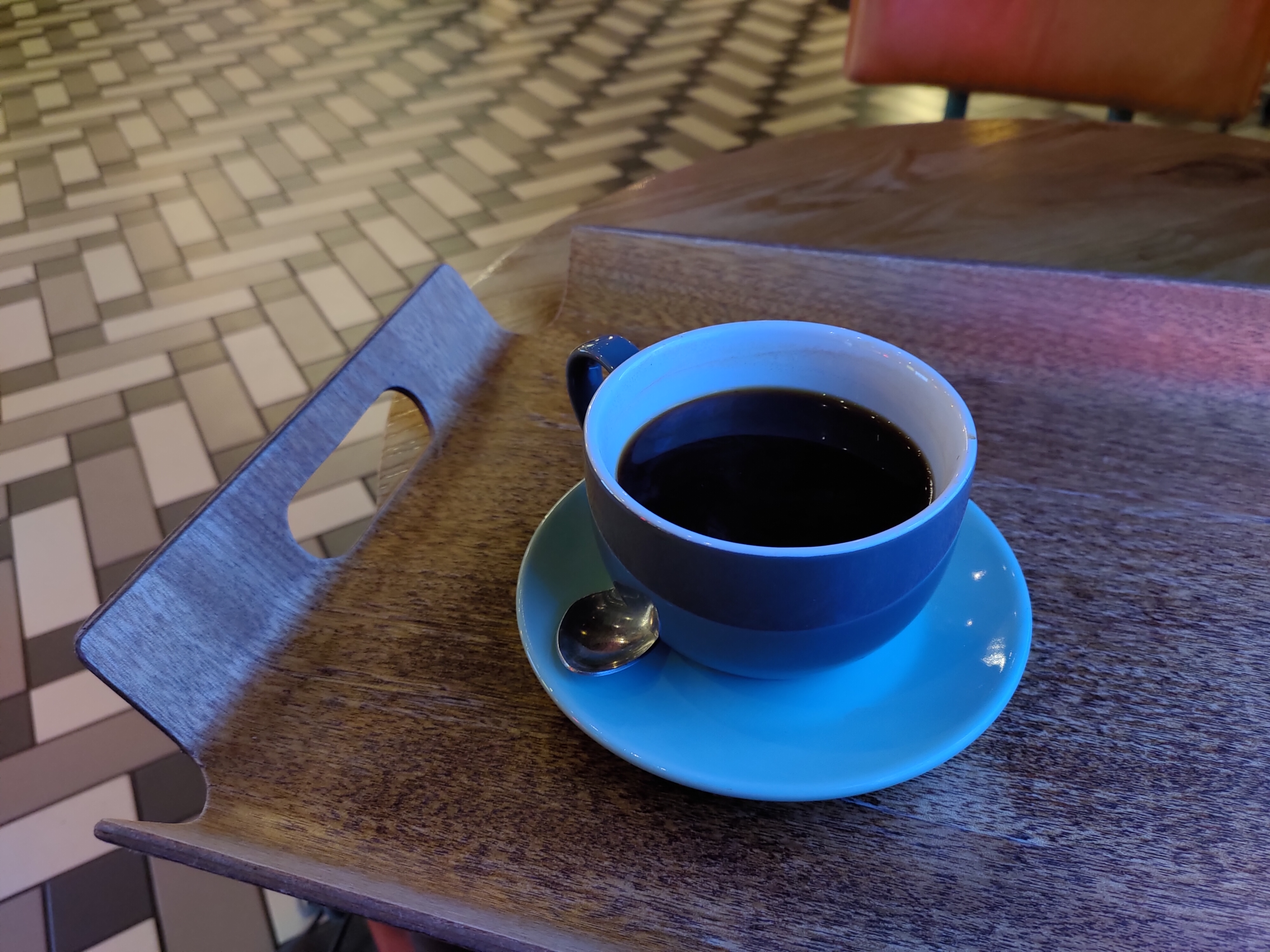
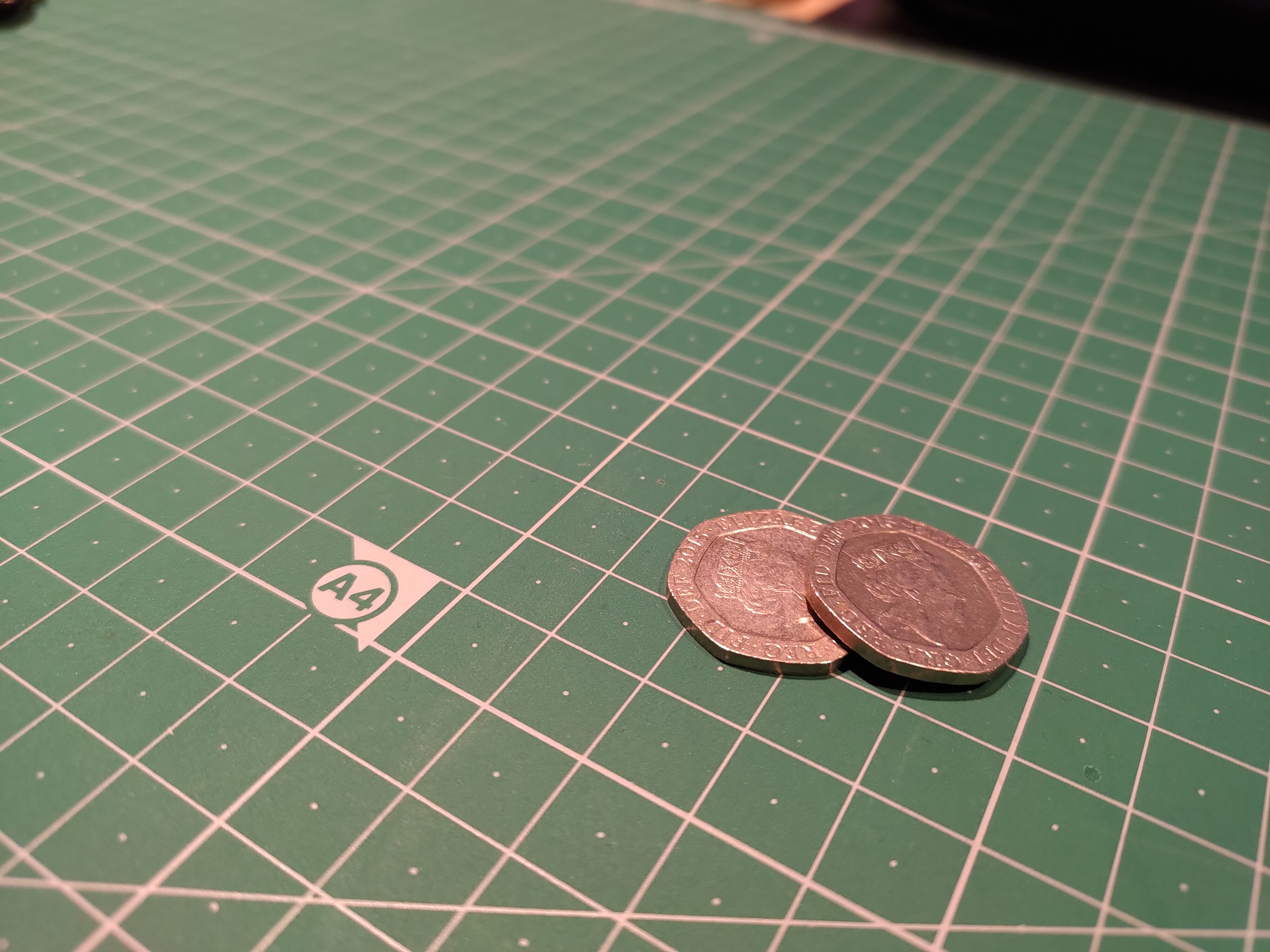
OS, battery and connections
The ROG Phone 2’s specs are class-leading. It’s powered by an overclocked Snapdragon 855 Plus chipset combined with either 8GB or 12GB RAM which is as good as Android power gets.
Storage options are plentiful too, with either 128GB, 512GB or 1TB storage. There’s no microSD card slot, so if you’re a game hoarder who wants gigabytes of games installed at any given time, it might be worth opting for a larger capacity option.
The phone also has a headphone jack, which is something of a unicorn for flagship phones these days, and the 6000mAh is nothing short of class-leading, and actually turns the ROG Phone 2 into a bit of a power bank for other devices, given the fact it supports 10W reverse charging. This is also combined with 30W Quick Charge 4.
With a host of gamer-centric accessories, a stunning 6.59-inch AMOLED display with a silky smooth refresh rate and HDR10 support, not to mention seriously impressive stereo speakers and an under-display fingerprint scanner, the ROG Phone 2 is a powerhouse across the board. That said, it does look angry with its futuristic design and RGB back, so it won’t be to everyone’s taste.
Asus ROG Phone II: Verdict
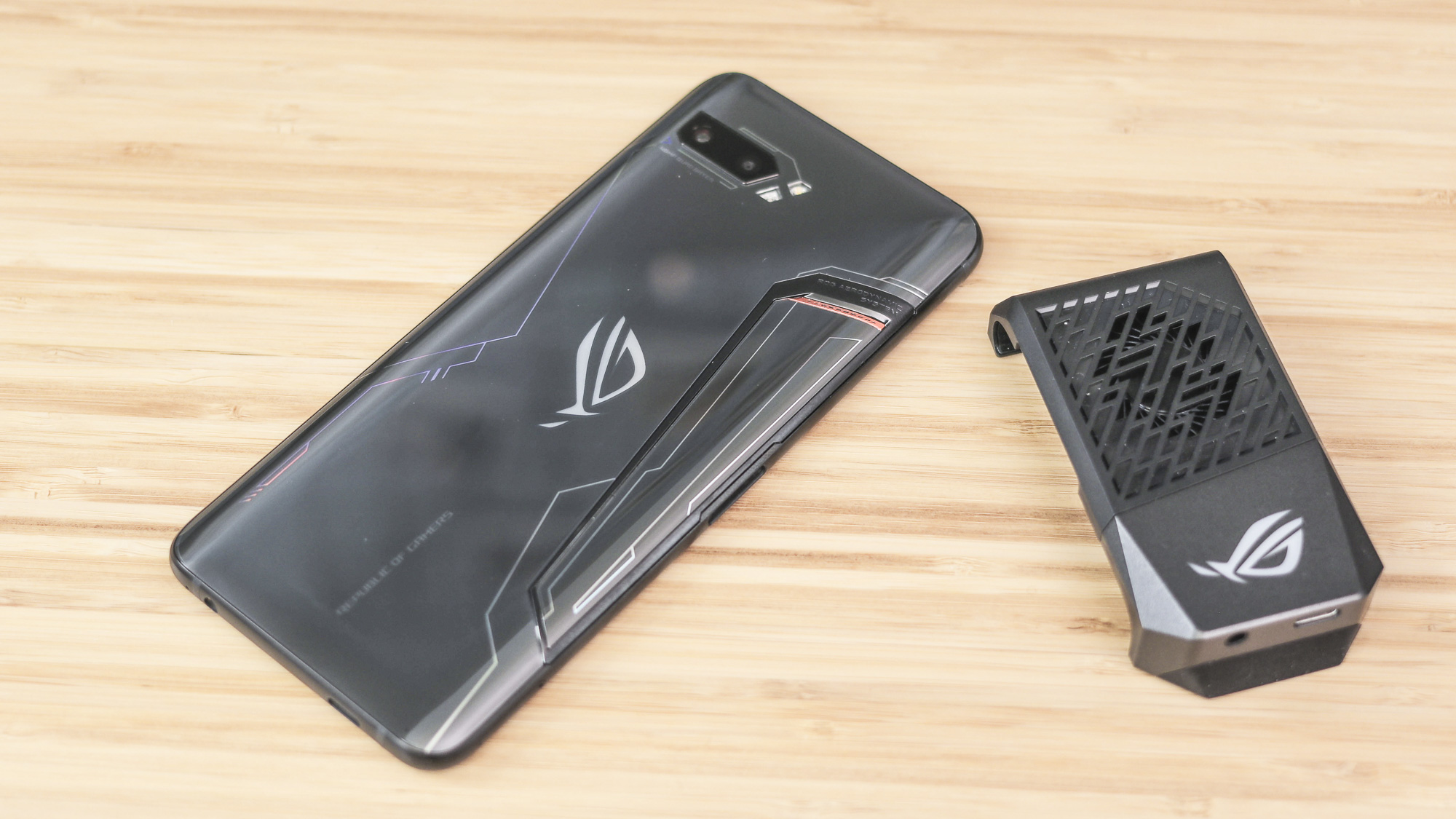
The ROG Phone 2 is a great across-the-board smartphone, and if you can get past how angry it looks, it’s an easy phone to recommend to anybody after serious power.
The lack of a telephoto camera and OIS are both felt, so while it’s perfectly competent, it definitely isn’t one for the most discerning camera phone fan. Luckily, in almost every other way, it checks all the right boxes, despite the fact it undercuts most of the competition.
Read more:
The best camera phones you can buy today
Best 5G phone for photographers in 2019
Best budget camera phone: these are the best cheap camera phones right now
Basil Kronfli is a freelance technology journalist, consultant, and content creator. He trained in graphic design and started his career at Canon Europe before moving into journalism. Basil is also experienced in video production, independently running the YouTube channel TechEdit, and during his time at Future, he worked alongside the Digital Camera World team as a senior video producer.
